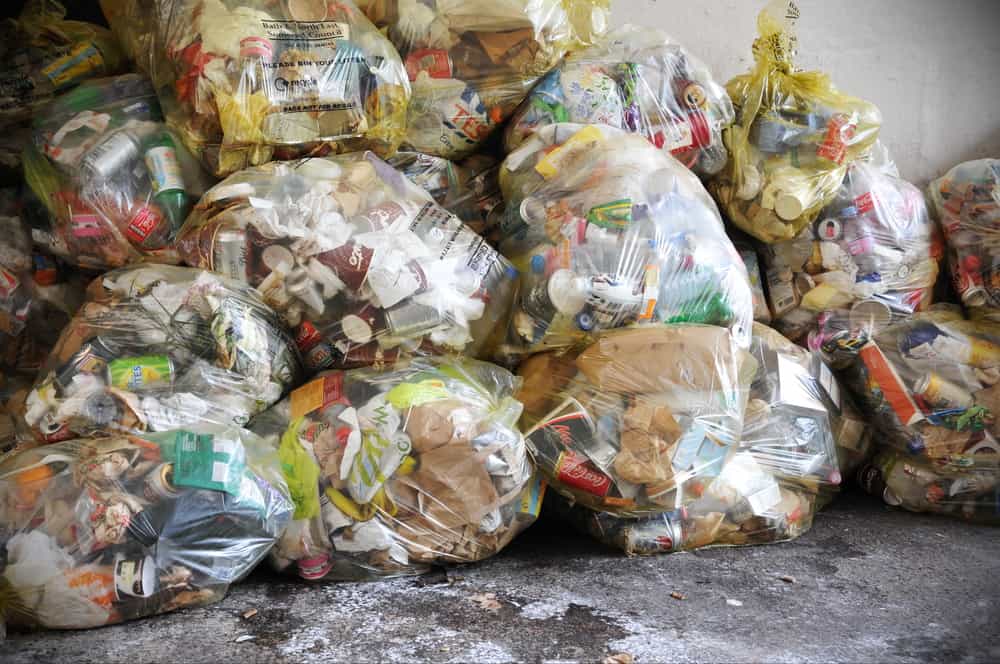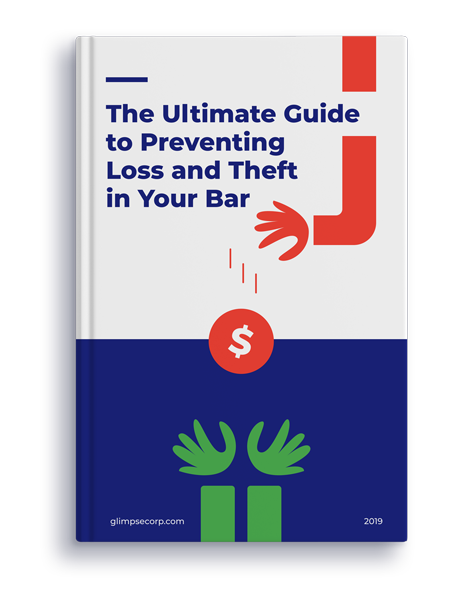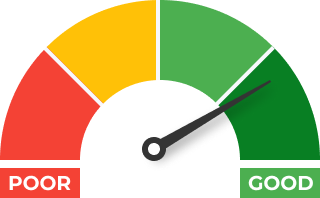Prep. Serve. Consume. Restaurant operations seem simple enough. After all, it’s just food, right? But where does it go when you don’t like it? What happens to the wrong orders? Half-eaten plates? Aging ingredients? It’s simple, and you already know the answer. It goes in the trash. This protocol is upheld in the interest of consumer health. And yet, somehow this etiquette has led to a massive oversight in consumption and waste patterns. The chaos of a full restaurant, matched with the logistical nightmare of preparing for a “rush,” has created an abundant waste problem—one with a 161 billion price tag.
Harmful Habits with Big Impact
At present, the United States is wasting 40% of its food each year. Not only is that an enormous ethical dilemma, it is also extremely expensive. The resources that are poured into food production and transportation are being lost on wasteful habits. If all the work of growing, harvesting, labor, and transportation is lost to waste, then so too are the resources that enable the production in the first place. What’s more, food produces harmful greenhouse gases. Landfills are overflowing with rotting food, which releases methane into the atmosphere. Food waste in restaurants has created an environmental disaster—one that will take diligence and commitment to resolve.
If 40% of the food in America is wasted, then surely Americans are overfed and healthy? Wrong. This is where food waste becomes shameful. What about the hungry and the homeless? America has a food waste problem, but it also, ironically, has a hunger problem. Food insecurity leads many to cherish their meals, as they have no reliable source of food. So how have we come to the point where excess food is being tossed out and hungry mouths are going unfed? It comes down to habits.
Food waste is not limited to restaurants, though they often steal the spotlight because they are literally in the business of preparing food. Consumers also contribute to the problem through misguided and unprepared shopping and eating habits. A lack of education on the matter has led to a gross misuse of products that are still safe to eat but often end up in the trash. The root of the problem, then, lies in a lack of analysis over habits. Restaurants and consumers must take a step back and explore the ways they use their food.
Here Are 2 Interesting Initiatives on What to Do with Waste Food:
1.WINNOW
Education on food waste still has a long way to go, but some trailblazers have emerged with exciting technology and initiatives to drive change. Marc Zornes, co-founder of Winnow, rose to the challenge when he saw that a change needed to be made in the restaurant industry. “The fear of running out,” was and continues to be a motivator for restaurants to over-prepare dishes. Chefs are afraid of losing business or falling behind, so they prep several meals in advance. Oftentimes, however, the math is off by a large margin, and the food is simply wasted. Zornes’ Winnow technology works to combat this behavior by allowing chefs and kitchen staff to input the items they throw away. Winnow’s scale measures food waste by bin, thus allowing kitchen management to analyze the way they use their food. Winnow’s early adopters rave that the technology has saved them money and changed the way they view waste.
2. INSTOCK
Another great initiative is Instock, a trio of restaurants, whose menus are crafted from surplus supermarket items. The idea for Instock was pitched by three friends, Bart Roetert, Freke van Nimwegen and Selma Seddik. They were devastated at the amount of food that was wasted by local supermarkets. Day-old bread and blemished produce were being thrown out when it could have been saved for consumption. They wanted to make an impactful statement, so they drove around collecting all the excess food from local markets. They used that “waste” to make new and exciting dishes that could be served to the public. Instock now attracts the attention of both foodies and earth-friendly consumers. Instock also has an online marketplace where surplus food can be sold to caterers. A school program was also drafted in conjunction with the Instock initiative. The program aims to educate young children about smart consumption habits, as well as the dangers of food waste.
There will always be resistance to change. Some chefs are hesitant to rise to the challenge, because they do not want to admit how much food they waste. And then there are some chefs who simply do not know what that number looks like. In other cases, upper echelon restaurants are refusing to sacrifice their pride and status. Certain elite chefs admit that they want to use the finest and freshest ingredients in their dishes. They are unwilling to forgo that standard. And so, food waste in restaurants continues to grow.
Solutions for Food Waste in Restaurants:
Food waste reduction starts with commitment. Restaurants must dedicate themselves to eliminating waste in every possible way. Below are some tips for restaurant managers, chefs, and kitchen staff:
Organize Your Fridge
Bring soon-to-expire items to the front of the fridge and understand that these items must be used before anything else. Invest in smart labeling and teach each other about stock rotation practices. This will help ensure that as much of the food is being used as possible.
Regulate the Temperatures of Your Food
This goes hand-in-hand with the previous tip. Always make sure your food is properly stored. Inconsistent temperatures will cause your food to prematurely spoil.
Go “Stem-To-Root”
Instead of throwing away the unused parts of your food, find a way to incorporate them into other dishes. For example, use the stalks and skins of fruits and vegetables to create a new side or puree for a dish. You can also use leftover meat and bones to create a delicious soup broth or gravy.
Donate Surplus
Remember all those hungry mouths? If you have a ton of excess food, consider donating it to a food bank or shelter. Even if you can’t find a way to use your food, someone surely will. Expiring or day-old food can also be sold on discount, as a way to incentivize consumers to eliminate waste.
Audit Your Waste
The best way to prevent further waste is to understand how it’s being produced. Chefs and managers can benefit from analyzing their kitchen’s habits. With a better understanding, new and smarter habits to eliminate waste can be established.
It will take more than one person to make a change of this magnitude. It’s not enough for upper management to analyze and inspect the fridge. The only way this change will happen is if the entire kitchen staff is on board with the initiative. If you are a restaurant manager, consider holding an all-staff meeting to educate your team on the importance of saving food. Once everyone understands the mission, your efforts to reduce food waste will be more successful.
Here Is What You Can Do Today
Food waste in is a colossal problem in restaurants that will not go away overnight. Resolving this issue will only come from strict diligence and educated change. If you are a consumer looking to lend a hand in the fight, make sure you follow the above tips. Be sure to prepare before trips to the grocery store, and only buy what you need. Move your old items to the front of your fridge and pantry. And when you can, donate to people in need. Even if you don’t want the food, some hungry mouth is looking for it. Do your part to reduce waste and save the planet.
If you’re a restaurant or bar looking to overhaul waste management and transaction procedures, check out our software at Glimpse. Our video technology analyzes food and beverage transactions against set standard operating procedures. Discrepancies among the data sets can be used to report non-compliance issues. Our software takes a closer look at how food is used and wasted, and how restaurant and bar staff can better serve their customers.
For more useful articles like this make sure to check out our blog!

Business Insights With Glimpse

Glimpse provides business analytics and loss prevention technology for bars, restaurants and nightclubs.
Learn More









 +1 (786) 292-2373
+1 (786) 292-2373 insights@glimpsecorp.com
insights@glimpsecorp.com





